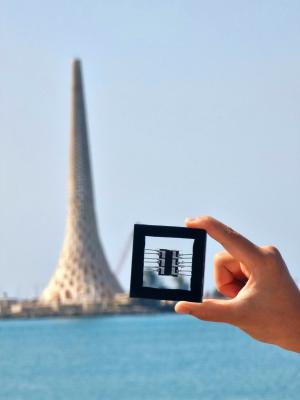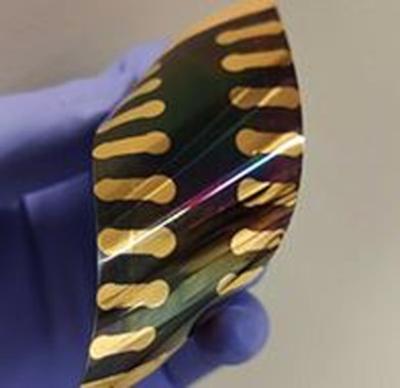Researchers use thin perovskite layers to improve stability and efficiency of perovskite solar cells
King Abdullah University of Science and Technology (KAUST) scientists, along with collaborators from Ulsan National Institute of Science and Technology (UNIST) and Chinese Academy of Sciences (CAS), have reported a new strategy to design perovskite solar cells (PSCs) that improves their stability and raises their efficiency.
Image credit: KAUST
Defects at the top and bottom interfaces of three-dimensional (3D) perovskite photo-absorbers diminish the performance and operational stability of PSCs due to charge recombination, ion migration, and electric-field inhomogeneities. In this recent work, the team demonstrated that long alkyl-amine ligands can generate near-phase pure two-dimensional (2D) perovskites at the top and bottom 3D perovskite interfaces and effectively resolves these issues.



